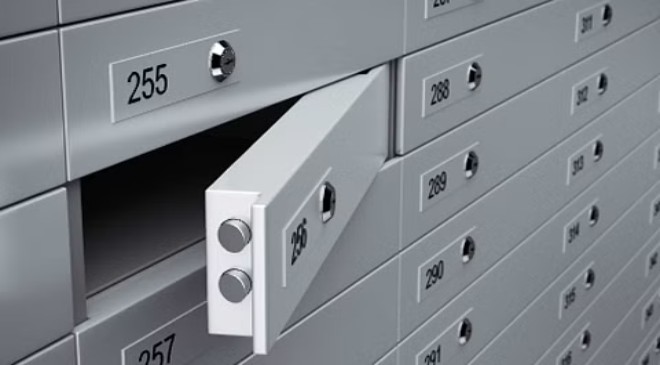Bank Locker Rules: When it comes to banking, people often seek the additional security of lockers to safeguard their valuable possessions such as jewelry and property papers. If you find yourself in need of a locker, we are here to guide you through the simple process of obtaining one. Furthermore, we will provide you with essential information regarding the rules and regulations that all locker holders must abide by.
Read More: Google Pay Users Can Now Use Aadhaar For UPI Activation; Here’s How
Acquiring a Locker: If you are a bank account holder, securing a locker becomes a relatively straightforward task. However, if you don’t currently hold an account with a particular bank, you may need to exercise patience. Waiting periods of six months to a year can be expected in such cases. To obtain a locker, you will be required to sign a “memorandum of letting” provided by the bank. This document outlines all the necessary guidelines and conditions associated with the usage of the locker.
Read More: RuPay Cards: SBI To HDFC, Check Bank-Wise Cash Withdrawal And Transaction Limit
Joint Locker Application: In addition to individual lockers, many banks offer the option of joint lockers. To apply for a joint locker, both parties involved must visit the bank and sign a joint memorandum. Keep in mind that opening a bank savings account may also be a requirement when opting for a locker in the same bank.
Locker Rent Charges: It’s important to note that the cost of renting a locker depends on its location. Additionally, the size of the locker plays a significant role in determining the rental fee. Different fare structures exist for metropolitan, urban, semi-urban, and rural areas. Banks often collect 2 to 3 years’ worth of rent in advance from customers. Depending on the size and city, locker rentals can range from $1,500 to $20,000. Furthermore, additional charges such as registration fees and rent overdue charges may apply during the initial period. Government banks typically offer lower locker rents compared to private banks.
Read More: Boost To Digital Lending, RBI Default Loss Guarantee Guidelines In Right Direction: Experts
Operating the Locker: Once you have obtained a bank locker, utilizing it is a straightforward process. Simply visit the bank and provide the necessary information to operate the locker. The bank will request various details, including your identification documents like Aadhaar and PAN cards. Following this, you will receive a key. Accompanied by a bank clerk, you will proceed to the locker room where the clerk will partially unlock the locker and then leave. With your second key, you can fully open the lock and access your belongings. Once you have completed your tasks, the clerk will return to securely lock the locker, ensuring the completion of your transaction.





































